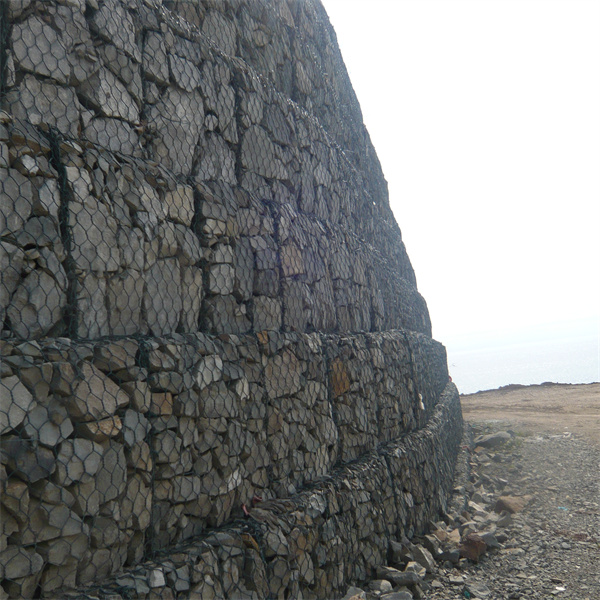Oct . 06, 2024 11:24 Back to list
gabion basket specifications
Gabion Basket Specifications An Overview
Gabion baskets are a popular solution in civil engineering and landscaping due to their durability, versatility, and aesthetic appeal. These wire mesh containers are filled with stones or other materials, making them an effective means of controlling erosion, building retaining walls, and enhancing the natural landscape. Understanding the specifications of gabion baskets is crucial for their effective application in various projects.
Material Composition
The construction of gabion baskets typically involves a robust and corrosion-resistant wire mesh. Common materials include galvanized steel, PVC-coated steel, and stainless steel, each providing varying degrees of durability. Galvanized wire offers good resistance to rust and is cost-effective, while PVC-coated options provide enhanced corrosion protection and a more aesthetically pleasing appearance. Stainless steel, while more expensive, is highly resistant to corrosion and is often used in marine applications or areas with extreme environmental conditions.
Dimensions and Sizes
Gabion baskets come in various sizes and dimensions to suit different applications. The most common dimensions for standard baskets are typically 0.5m x 1m x 1m (1 cubic meter), but they can be customized based on project requirements. The wire mesh used for these baskets usually has a thickness of around 2.0 to 3.0mm, providing adequate strength to hold the fill material securely. Mesh openings usually range from 6x8 cm to 10x12 cm, allowing for optimal filling while ensuring structural integrity.
Fill Material
gabion basket specifications

The choice of fill material is integral to the performance of gabion baskets. Common materials include natural stones, recycled concrete, or other heavy aggregates. The size of the fill material should be appropriate for the mesh openings to prevent erosion and slippage. Typically, stones used for filling should range in size from 75mm to 150mm, ensuring that they are heavy enough to resist movement while providing good drainage.
Installation Guidelines
Proper installation of gabion baskets is essential for their longevity and effectiveness. It is recommended to place the baskets on a stable, level foundation to prevent shifting or settling. When filling, it is important to avoid overfilling to allow for natural settling of the stones and maintain the structural integrity of the basket. Additionally, adjacent baskets should be tied together or connected using double-twisted wire to enhance stability.
Applications and Benefits
Gabion baskets are widely used in various applications, including riverbank stabilization, slope erosion control, and landscape architecture. They provide a natural appearance, blending well into the environment while offering significant structural support. The permeability of gabion structures allows for effective drainage, reducing water buildup and potential damage from flooding.
In conclusion, gabion baskets are a reliable and versatile choice for many engineering and landscaping projects. By understanding their specifications, including material types, dimensions, fill choices, and installation techniques, professionals can effectively utilize gabion baskets to achieve durable and aesthetically pleasing results in their designs.
-
Why PVC Coated Gabion Mattress Is the Best Solution for Long-Term Erosion Control
NewsMay.23,2025
-
Gabion Wire Mesh: The Reinforced Solution for Modern Construction and Landscape Design
NewsMay.23,2025
-
Gabion Wall: The Flexible, Seismic-Resistant Solution for Modern Landscaping and Construction
NewsMay.23,2025
-
Gabion Wall Solutions: The Durable, Decorative, and Affordable Choice for Every Landscape
NewsMay.23,2025
-
Gabion Basket: The Durable and Flexible Alternative to Traditional Retaining Walls
NewsMay.23,2025
-
Gabion Basket: The Proven Solution for Slope Stability and Flood Control
NewsMay.23,2025
-
Versatility of Chain Link Fence Gabion
NewsMay.13,2025






